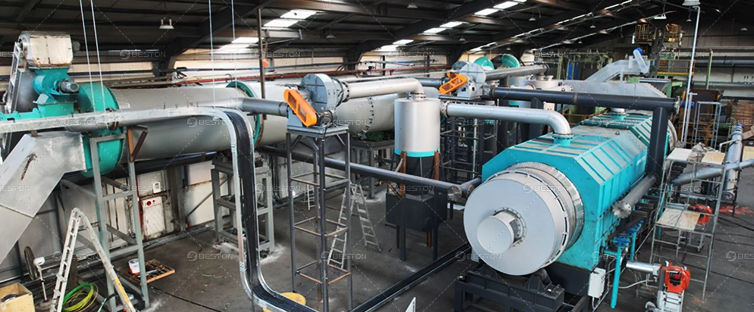Challenges in BCR Credit Trading
- arbourz
- Aug 18
- 3 min read
Biochar carbon removal (BCR) credits are emerging as a critical component of the global carbon offset market. These credits, generated through biochar production and its subsequent application, offer a mechanism for reducing atmospheric carbon dioxide while generating economic value. However, despite the growing interest in BCR credits, several issues continue to hinder their effectiveness and wide-scale adoption. Among these are concerns related to standardization, verification, market liquidity, and regulatory frameworks. Addressing these challenges is crucial to unlock the full potential of BCR credit trading.
Lack of Standardization and Methodology
A key issue with BCR credit trading is the absence of universally accepted standards and methodologies. While several protocols exist for the quantification and verification of carbon sequestration, there is no uniform approach across different regions or platforms. This leads to inconsistencies in how BCR credits are issued, tracked, and traded. Without a standardized methodology for measuring carbon capture, it is difficult for buyers to assess the credibility and effectiveness of these credits. Moreover, the lack of a clear framework can result in double-counting or misrepresentation of carbon savings, undermining the trustworthiness of BCR credits in the market.
Verification Challenges
The verification process is another significant hurdle in the BCR credit trading system. Third-party verification is essential to ensure that biochar machine projects are genuinely sequestering carbon and meeting their carbon removal targets. However, the current verification mechanisms can be costly, time-consuming, and inconsistent. Since biochar production is often part of decentralized projects in regions with limited monitoring infrastructure, verifying the true extent of carbon sequestration can be a logistical challenge. Additionally, discrepancies in verification practices between various certifying bodies further complicate the situation, leading to potential disputes over the accuracy of credit claims.

Market Liquidity and Trading Efficiency
Market liquidity for BCR credits remains underdeveloped, which makes it difficult for buyers and sellers to engage in efficient transactions. While carbon credits from established markets such as renewable energy or forestry have seen significant trading volumes, BCR credits have yet to reach a comparable level of market activity. This lack of liquidity can lead to price volatility and limit access for smaller stakeholders, including small-scale biochar pyrolysis machine operators. The absence of a transparent and well-established trading platform also creates barriers to entry for new participants in the market. Without a clear and active marketplace, it becomes challenging to scale the BCR credit model.
Regulatory Uncertainty
The regulatory environment surrounding BCR credit trading remains fragmented and uncertain. While some countries have made strides in recognizing biochar as a valid carbon sequestration method, others have yet to establish comprehensive regulations. Inconsistent carbon pricing policies, varying definitions of "carbon removal," and fluctuating international commitments to emission reduction targets complicate the situation. For example, some jurisdictions may allow BCR credits to be counted towards carbon offset obligations, while others may not. This inconsistency leads to confusion and poses challenges for entities attempting to scale their biochar-based projects and engage in carbon credit trading.
Scalability and Technological Barriers
Another challenge in the BCR credit market is the scalability of biochar production. Pyrolysis plants that produce biochar are often small-scale, and scaling up production requires significant capital investment and technological advancements. Furthermore, the carbon sequestration potential of biochar depends on factors such as the feedstock type, pyrolysis conditions, and post-processing treatments. Variability in these factors leads to discrepancies in the amount of carbon sequestered per unit of biochar, further complicating the process of quantifying and verifying BCR credits. Achieving economies of scale and reducing the cost per tonne of biochar produced are essential to making BCR credit trading economically viable.
Public Awareness and Market Perception
There is also a lack of public awareness surrounding biochar and its role in carbon sequestration. While forestry and renewable energy credits are widely recognized, biochar remains a niche solution with limited visibility. This affects the demand for BCR credits, as companies and organizations may be hesitant to invest in a relatively unfamiliar carbon offset mechanism. Market perception also plays a role in the volatility of BCR credit prices, with speculative trading potentially exacerbating price instability.
BCR credit trading faces significant challenges in terms of standardization, verification, market liquidity, regulatory uncertainty, scalability, and public awareness. Overcoming these barriers requires a concerted effort from stakeholders, including government agencies, certification bodies, and the private sector, to establish clear standards, streamline verification processes, and foster market development. With proper alignment, the BCR credit market has the potential to become a critical tool for addressing global carbon emissions while providing economic incentives for sustainable biochar production.









Comments